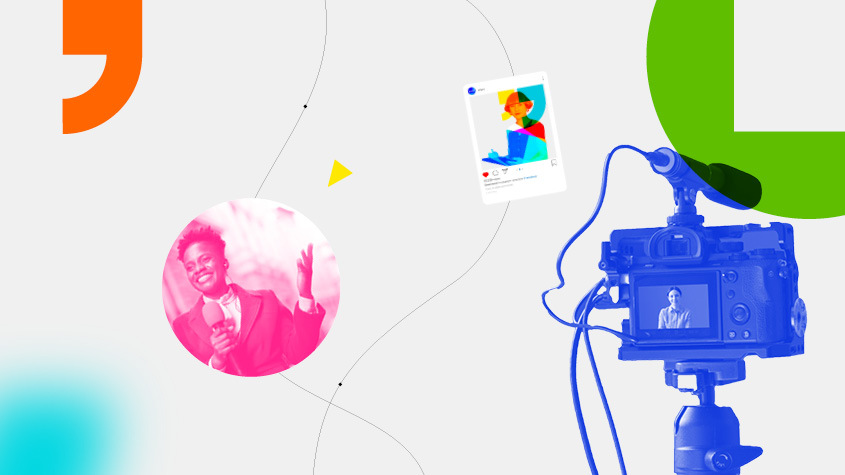Web for World IP Day Campaigns
The purpose of a website is to convey specific, helpful information to your audience so that the reader learns something new or understands a topic better. Publishing information about your World IP Day activities on a website allows you to reach a worldwide audience 24/7 and to celebrate the curiosity, energy and creativity of women inventors, creators and entrepreneurs, and their contributions to a better future.
An efficient web campaign:
- Applies user experience best practice.
- Contains content tailored for the web.
- Combines different channels and platforms.
User experience best practice
User experience (UX) is how a person feels when using a website or webpage. The end goal of a good UX is to provide the visitor with an intuitive and efficient experience that is relevant to their needs/interests. A positive UX makes a visit to your website enjoyable and can potentially turn one-time visitors into regular ones.
When creating a webpage, ask yourself:
- Who is your audience?
- What do they want from this page?
- What is the purpose/primary message of the webpage?
Front-load information
On the Internet, users are quickly scanning pages in search of specific information. Place your main point first:
- at the top of the page;
- in sentences;
- in each paragraph or block of writing.
Call to action
Call to action is a term used for elements in a web page that call on the visitor to act. Most calls to action come in the form of clickable buttons that, when clicked, perform an action (e.g., "Register for the webinar") or lead to a web page with additional information (e.g., "Learn more").
Add calls to action on your web page to offer your visitors additional information or lead them to register for a webinar, download a brochure, subscribe to a newsletter, etc.
Use headings and subheadings to create organized and easy to navigate pages
Headings and subheadings should:
- be relevant, consistent, and meaningful with a logical hierarchy;
- have a different look and feel to denote greater importance and to make them more visible than standard text so users can distinguish them quickly;
- communicate information quickly. Start headings and subheadings with words that carry the most information: even if users only see the first few words, they should still get the gist of what follows.
Use page layout and design best practice
- Group small amounts of related content and make them stand out visually by surrounding them with a border or using a different background, for example;
- Use easy-to-read text styles (text is left-aligned, no italics, or solid capitals);
- Take advantage of the different formatting of links, and ensure that links include information-bearing words (instead of generic "go", "click here" or "more"). This technique also improves accessibility for users who listen to links, which are read aloud, instead of scanning the content visually;
- Use shortlists or bullet points.
Tailor your content for the web
Applying web writing techniques helps to create useful and usable web content. It also improves the overall UX.
Web text should be:
- concise;
- easy to scan;
- presented in small blocks; bullet points also work well.
Use Plain language
- Simple, familiar words;
- Short sentences;
- Short paragraphs;
- Active voice (reduce passive verbs);
- Positive language.
Audiovisual content
Balancing web text with supporting audiovisual content such as images, illustrations, animations, videos, graphics, etc., helps get your message across while keeping the audience interested.
Optimizing your website's images improves performance. Think about your website's needs and how you might design your image files to be as small as possible while achieving optimal performance and maintaining the visual style you want.
- Save images in .jpg, .gif, or .png format only;
- Crop images to highlight important sections;
- Make sure images have captions and ALT text;
- Optimize your image file sizes. Use online services such as https://tinypng.com/ or http://www.imageoptimizer.net/Pages/Home.aspx.
Video and multimedia, in general, should follow the same principles as images. Use subtitles to make them more accessible. Refer to our guidelines for video production.
Combine different channels and platforms
Combining various channels - website, social media, e-newsletter, etc. - will increase your messages' reach and visibility. Refer to WIPO guidelines on social media, press, videos for additional information.
Link your webpage or website to the official World Intellectual Property website for increased visibility.
